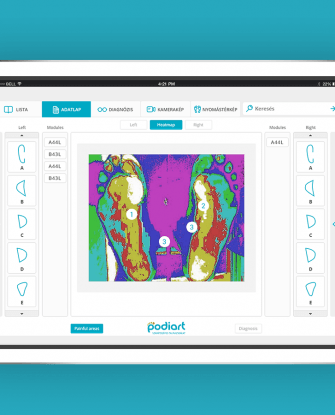Rock Home
Our client aims at reforming real estate services in Hungary, to provide added value for both buyers and sellers. One of the tools they wanted to achieve this with is a unique IT solution which we developed for them. The main idea behind the project was to refresh and extend the feature base of an older system and make them available in a modern, more user friendly way.About the project
Background
Our client aims at reforming real estate services in Hungary, to provide added value for both buyers and sellers. One of the tools they wanted to achieve this with is a unique IT solution which we developed for them.
The main idea behind the project was to refresh and extend the feature base of an older system and make them available in a modern, more user friendly way.
Challenges
As we started the project we haven’t got the whole codebase of the old system but only a part of it.
Because of that one of the main challenges was to make it work as a foundation of the new system and extend it according to the new functional requirements.
Paperless offices, effective communications
Following international practice, the client wanted to establish “paperless offices” to hasten services while making them more comfortable as well.
To achieve this the client decided to partner with NetLock, a digital signature service provider in Hungary.
The problem was that NetLock’s solution for signing documents digitally was still under heavy development when we started the project.
To make the system work as expected required extensive communication between the parties and agile planning of the related features on our side.
International franchise business
Near the end of the development of the original feature list the client got into a situation which required extensive changes on the product.
We needed to make the whole system available in other languages and allow certain franchise offices to customize the user interface.
This required deep changes in the whole system. As an extra, we needed to deploy these changes in a smart way to not make any interruption for the current user base.
Our approach in details
First working prototype
After making the core of the legacy system working on our side, we started to build a prototype user interface using the most current stable version of Angular, Google’s web application framework.
Iterative development along the plan and feedbacks
As we moved forward on the project roadmap we regularly demonstrated the state of development to the client. This helped us to refine everything on the go and made us sure that the client is getting exactly what they want.
Refining
Once the product was ready we went live by making it available only a smaller subset of end users to collect real world feedbacks and make smaller refinements along them.



